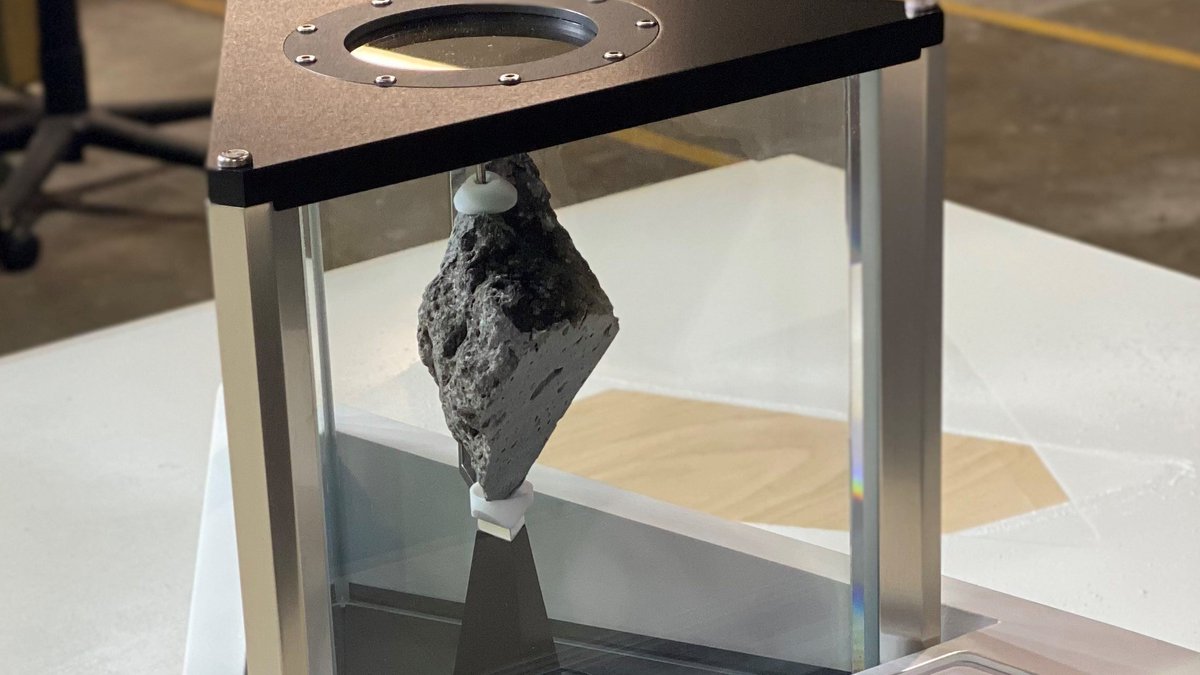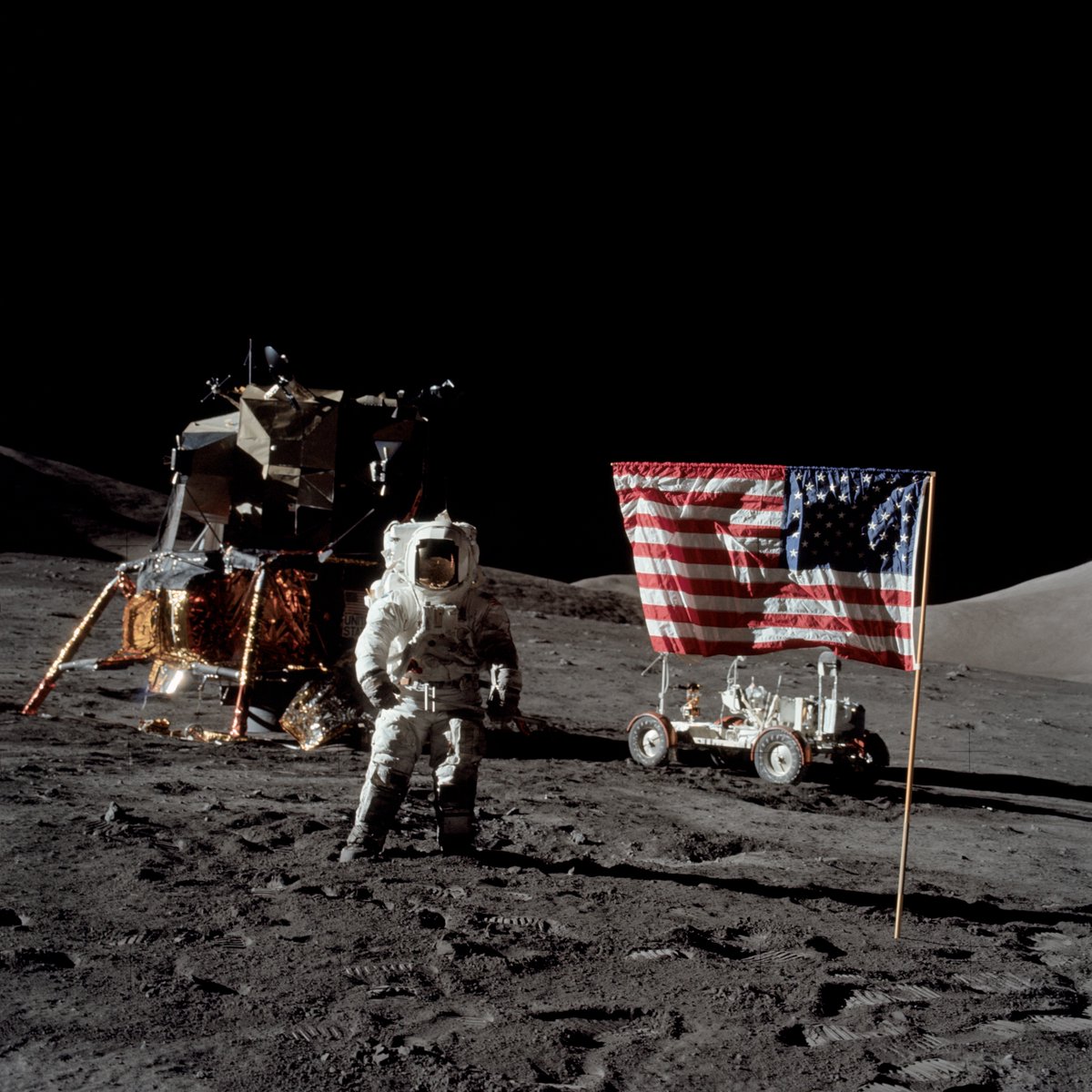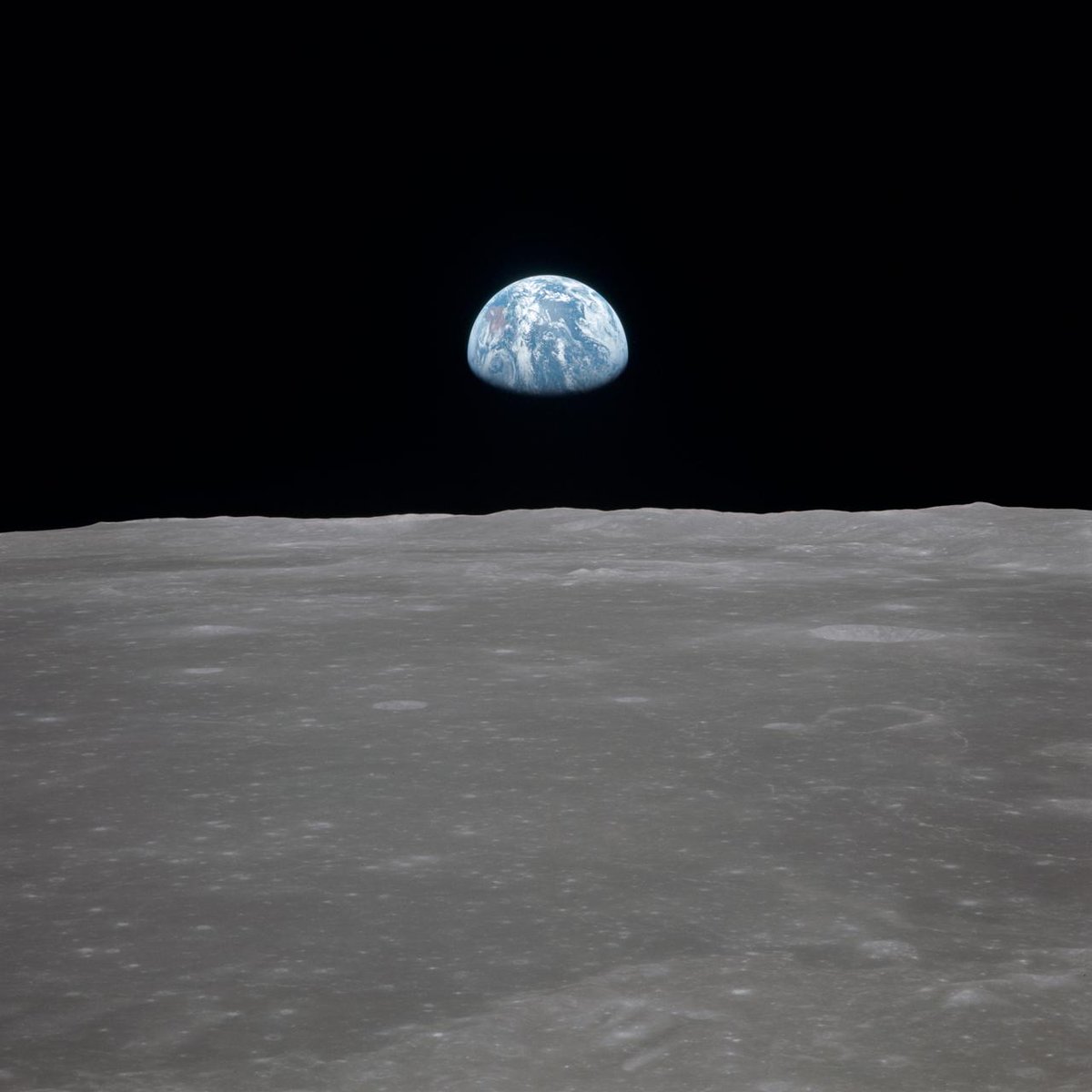
NEW: It's thought that tiny galaxies only grow into big ones after billions of years. But astronomers have found giant galaxies hiding out at the dawn of time -- and these monsters could break our understanding of the universe.
Me for @sciam + thread! scientificamerican.com/article/giant-…
Me for @sciam + thread! scientificamerican.com/article/giant-…
Much of what we know about the evolution of galaxies comes from the local universe, the stuff we see around the Milky Way. And simulations trying to replicate the local universe suggests big galaxies form from the slow merger of many smaller ones over eons of time. 1/x
Ever-powerful telescopes means we can peer further and further back in time. What is this sorcery, I hear you say? Well the universe is expanding, and it has been for ages. That means the fabric of reality is being stretched, which means everything in it is stretching too. 2/x
Light's speedy. But it takes forever to reach Earth from the other side of the universe. When it does, the light itself has been stretched by this universal expansion, which makes it appear redder. The redder it is, the longer the light has been on its journey. 3/x
Far away sources of light in the universe appear extremely red. That means the sources are very ancient, and more sensitive telescopes can find older and older candles in the night. 4/x
Astronomers can see these lights as they were billions of years ago, which means they can effectively time travel without a flux capacitor. That's awesome, obviously. 5/x
Extremely powerful telescopes have, over the last decade, found giant galaxies existing not long after the universe has formed. How could this be? There hasn't been enough time to let smol galaxies smush into each other and grow up, so how could they exist? 6/x
These galaxies are *incredible* star factories. One of them was found to have made 200 billion Sun-like stars in just 500 million years.
The Milky Way, today, makes two such stars per year. This massive ancient galaxy made 450 per day. That's just showing off. 7/x
The Milky Way, today, makes two such stars per year. This massive ancient galaxy made 450 per day. That's just showing off. 7/x
The colour of starlight also tells you stuff about the galaxies. Specifically, different colour combinations are unique to different elements. 8/x
Some elements are typical of young stars. Some are common to older stars - so called 'metals', the stuff that's made when big stars explode, jettisoning star-making material into their surroundings. The more metals you have, the more cycles of star formation you've got. 9/x
If you know which stars are old and which are young, you can work out how long it took for a galaxy to make most of 'em. And this monster galaxy took just 500 million years. Before the cosmos was past adolescence, this galaxy was fully formed and burned out.
What the hell? 10/x
What the hell? 10/x
So how can these galaxies be explained by the traditional slowly-but-surely model? In short, they can't. This is partly because it's hard to simulate the entire universe, but partly because no clear explanation for their origins exist.
This can frustrate astronomers. 11/x
This can frustrate astronomers. 11/x
There are some ideas. Those small galaxies coalesced around little dense bumps in the early universe. These islands of dark matter - stuff we can't detect but know exists - have a gravitational pull, which seeds the development of small galaxies that eventually merge. 12/x
Equations and lots of clever maths suggests you could get freakishly dense islands appearing just 40 million years after the Big Bang, perhaps giving some galaxies a head start on the rest, letting them grow up quickly before the majority of dark matter islands appeared. 13/x
But for the time being, nothing can satisfactorily explain these galaxies from the universe's childhood. Only a few have been found so far, but if scientists end up finding way more, those traditional models of galaxy formation are screwed. 14/x
It can be unnerving to chase monsters in the dark. They threaten the dogmas of the era, forcing us to expand our earlier models to fit them. And if those models stretch to the point of breaking, that’s okay.
After all, that's how science is supposed to work.
End.
After all, that's how science is supposed to work.
End.
• • •
Missing some Tweet in this thread? You can try to
force a refresh





